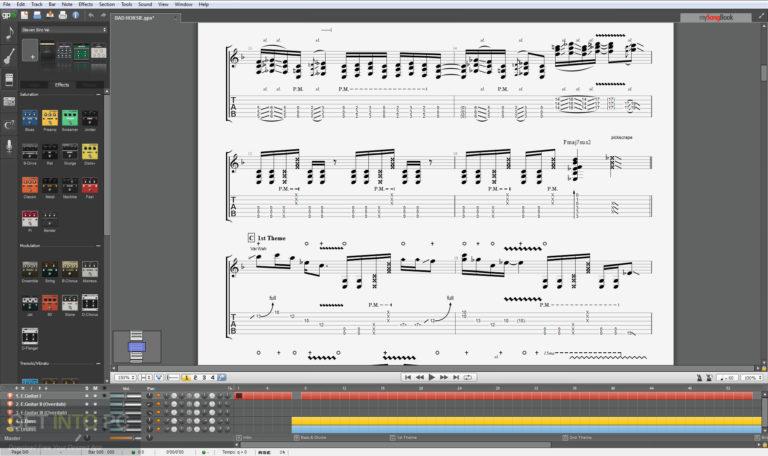
The double-cut design remained until Gibson discontinued the Junior in 1963. Then in 1958, the design changed to a double-cutaway body, likely in competition with Fender ’s popular Stratocaster. The manufacturers also offered a two-pickup version, called the Les Paul Special. It was aimed at students and beginners.Įventually, Gibson gave it what was known as the “TV yellow” finish, supposedly because it photographed better on black-and-white television broadcasts.
#Ultimate guitar pro password plus#
The instrument was as bare-bones an electric guitar as you could buy - a single “dogear” P-90 pickup and one volume and tone control apiece, plus a wraparound stopbar bridge/tailpiece unit. It took the basic slab mahogany body of the single-cutaway Les Paul and excised the maple cap that adds weight, sustain and note articulation. Introduced in 1952, the Gibson Les Paul was one of the first commercially produced solid-body electric guitars, named for the famed jazz guitarist who was one of the pioneers of the solid-body electric, alongside Leo Fender.



The Gibson Les Paul Junior was introduced in 1954, as a budget version of their top-of-the-line Les Paul model. Read more: These punk records from 2000 led the genre into a brand-new century Now Epiphone, long the more economical wing of Gibson guitars, has made available a professional-grade replica of “Whitey,” one of Armstrong’s most recognizable Juniors, at an affordable price.


 0 kommentar(er)
0 kommentar(er)
